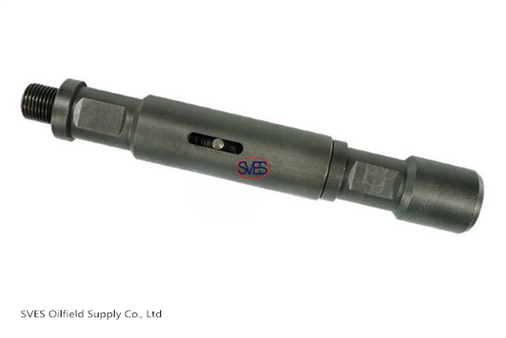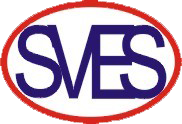
- Home
- >
- News
- >
- Types of Wireline Tools
- >
Types of Wireline Tools
2024-07-07 10:00Types of Wireline Tools
1. Logging Tools:
· Electric Logging Tools: Measure the electrical properties of the formation to provide data on porosity, permeability, and fluid saturation.
· Acoustic Logging Tools: Use sound waves to determine the formation's acoustic properties, helping to identify rock type and fluid content.
· Nuclear Logging Tools: Utilize gamma rays and neutrons to assCompletion Toolsess formation density and hydrogen content, indicating porosity and fluid types.
· Production Logging Tools: Measure various parameters within the producing well, such as fluid flow, pressure, and temperature.
2. Perforation Tools:
· Perforating Guns: Used to create holes in the casing and cement to allow reservoir fluids to enter the wellbore. They are deployed in both wireline-conveyed and tubing-conveyed methods.
· Casing Punchers: Tools that punch holes in the casing to establish communication between the wellbore and the formation.
3. Well Intervention Tools:
· Setting Tools: Used to set packers, bridge plugs, and other downhole equipment. They can be hydraulic, mechanical, or electrically activated.
· Fishing Tools: Designed to retrieve lost or stuck equipment from the wellbore, such as broken drill pipes or logging tools.
· Jar Tools: Provide a sudden impact to free stuck tools or equipment. They can be hydraulic or mechanical.

4. Completion Tools:
· Plug and Abandonment Tools: Used for permanently sealing a well. These include bridge plugs, cement retainers, and various mechanical plugs.
· Sand Control Tools: Deployed to prevent the production of sand from the reservoir, which can damage equipment and reduce productivity. These include screens and gravel pack tools.
